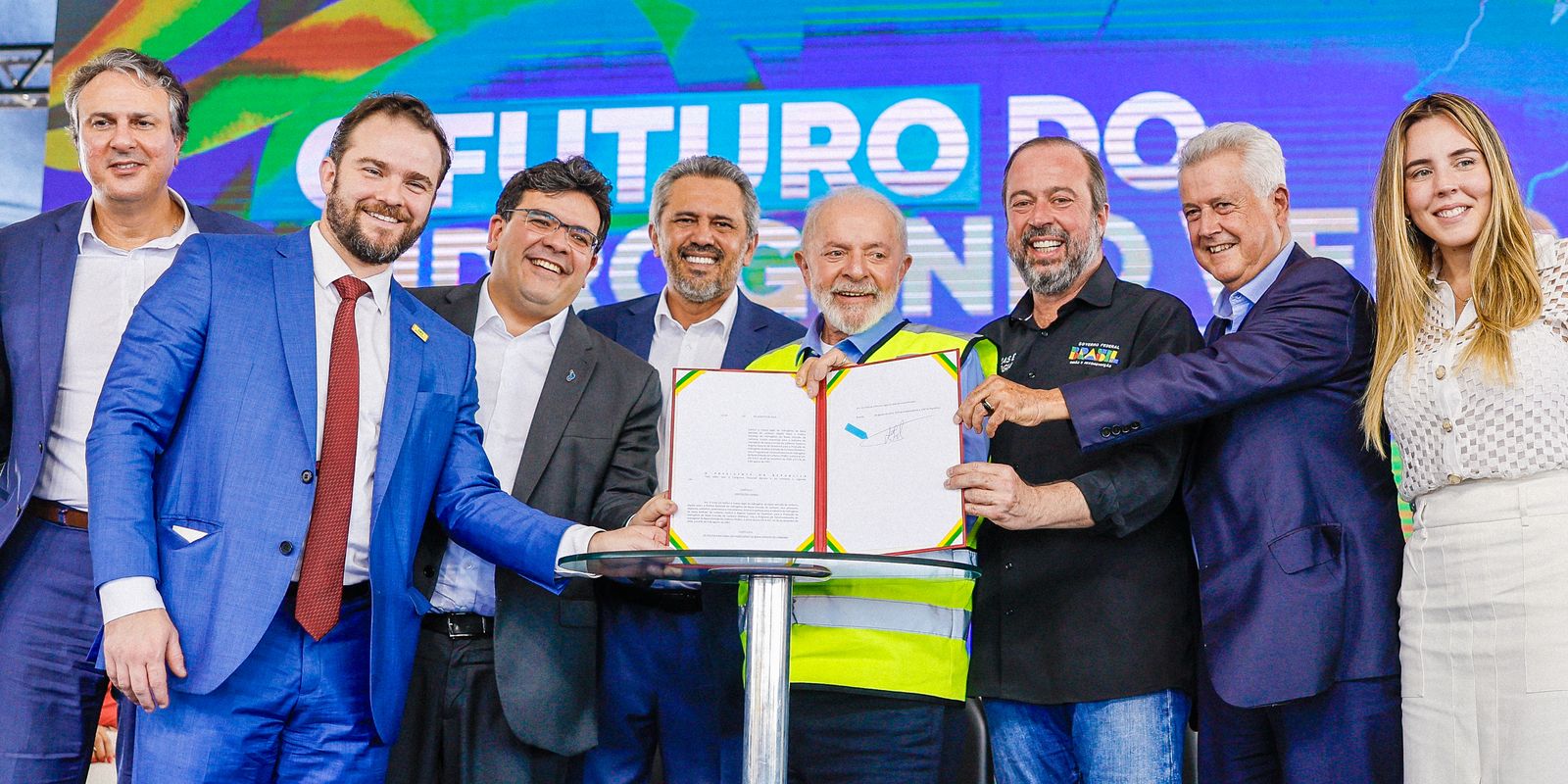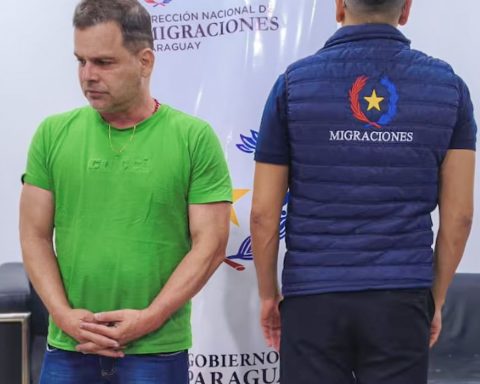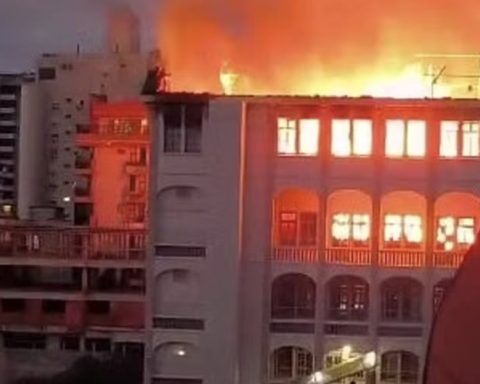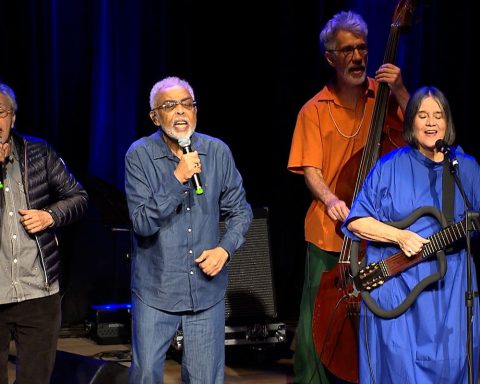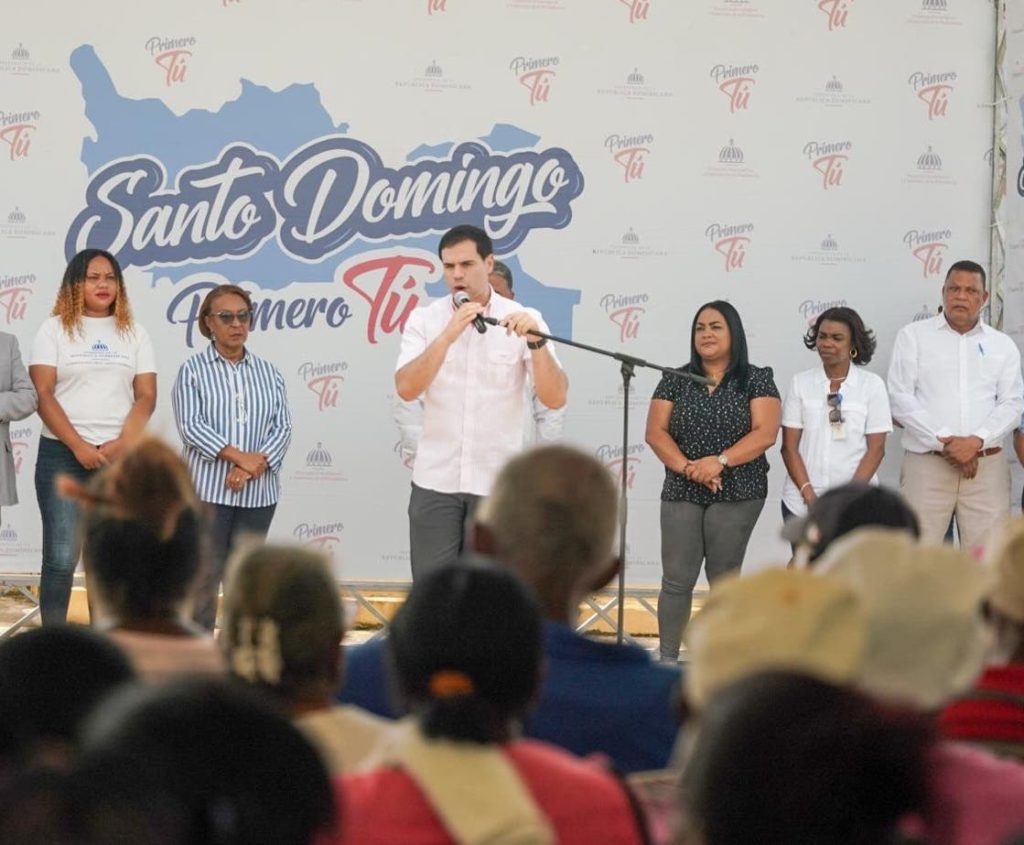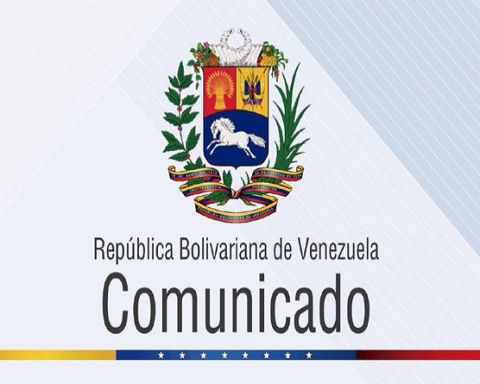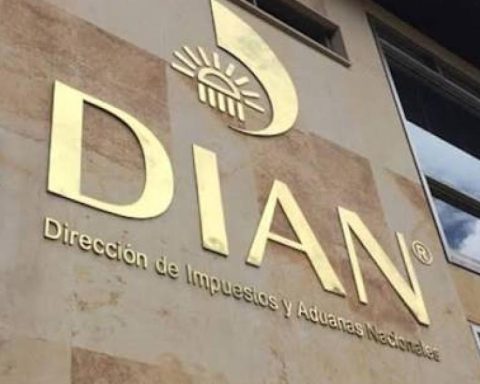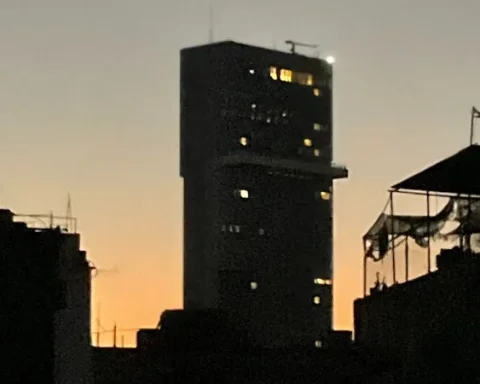President Luiz Inácio Lula da Silva sanctioned, this Friday (4), the National Low Carbon Hydrogen Policy, called green hydrogenwhich can boost energy production in the country, from clean sources. The act took place at an event at the Port of Pecém, in São Gonçalo do Amarante, Ceará.
In his speech, Lula highlighted Brazil’s potential for energy transition and combating climate change. He charged again that the richest countrieswhich “historically” contributed most to global warming through the use of fossil fuels and deforestation, must bear the greatest costs for environmental preservation.
“When I see people talking about green hydrogen, about the solar, wind, biomass, green hydrogen revolution, I wonder which country in the world can compete with Brazil? Which country in the world can compete with our country in this energy transition issue? And we are still learning, because one of the things we are going to do is demand that the rich world send us carbon credits, because we are the ones who have forests to preserve, they have already burned theirs, so help what we are doing by sequestering carbon so that the world can be a better place,” said Lula.
The legal framework for green hydrogen establishes the Brazilian hydrogen certification system and incentive mechanisms to increase the attractiveness of energy production projects. The government will provide R$18 billion in tax incentives over 5 years, with the aim of decarbonizing industry and transportation.
According to the Minister of Mines and Energy, Alexandre Silveira, Brazil has more than R$200 billion in green hydrogen projects announced within the federal government’s National Hydrogen Program (PNH2).
According to the 2031 Ten-Year Energy Expansion Plan, prepared by the Energy Research Company (EPE), linked to the Ministry of Mines and Energy, Brazil has the technical potential to produce 1.8 gigatons of hydrogen per year, with approximately 90% of this volume using renewable energy.
“It is technological and industrial development in the national hydrogen production chain,” said Minister Alexandre Silveira. “You, President, [Lula]makes a historic project a reality, creates a new industry for Brazil, lights the flame that will revolutionize the planet’s energy matrix, strengthens national agriculture, our vocation, guarantees our energy sovereignty and our food security, as it is creating a new path for the production of ammonia, and consequently urea, our fertilizers that are so important in the family farming and national agribusiness chain”, he highlighted.
The minister explained that the idea is to bring to Brazil the technology that combines the green hydrogen industry with the production of nitrogen fertilizers. Nitrogen and hydrogen gases react with each other, producing ammonia. “The hydrogen plants will strengthen the fertilizer sector and reduce our dependence on imports,” he said. “This set of policies will give us a more modern Brazil and consolidate our leadership in the global energy transition,” added Alexandre Silveira.
Nitrogen, phosphorus and potassium are widely used by the agricultural sector in the country and are considered essential for providing one or more nutrients to crops. Brazil consumes 8% of all global fertilizer production, estimated at 55 million tons, but imports 85% of the input used by agribusiness.
North East
Ceará is set to become the country’s leading producer of green hydrogen, with a plant in the Port of Pecém as its hub. Late last year, Fortescue, one of the world’s largest mining companies based in Australia, announced investments of US$ 5 billion in a project focused on the production of green hydrogen at the Pecém Industrial and Port Complex. The project has the potential to produce 837 tons of green hydrogen per day, using 2,100 megawatts of renewable energy.
During the event, documents related to infrastructure and regional development were signed, such as the service order for the start of construction on the Transnordestina Railway, on the stretch between Quixeramobim and Quixadá, in Ceará. The concessionaire expects to complete the work by 2026, connecting the interior of Piauí to the ports of Pecém, in Ceará, and Suape, in Pernambuco. The interior of Piauí, along with the borders of Maranhão, Tocantins and Bahia, a region known as Matopiba, is strong in agricultural production and will benefit from the project.
President Lula reinforced his commitment to the development of the Northeast. “I want to make Brazil equal, the Northeast, the North of the country, the Center-West to have the same possibilities as other states, which have more technology, which have more infrastructure, which have received more resources throughout their lives,” he said.
“Often, when the government has to decide to undertake a project, someone always comes along and says that it costs too much. And because of this cost, we never stop to think about how much it costs not to do it. How much development has the Northeast lost because of the delay in a railroad project?” added the president, also recalling the project to transpose the São Francisco River, which began during his first term in office in 2005.
Lula also signed a provisional measure amending the law of National Green Mobility and Innovation Program (Mover)which aims to decarbonize the country’s automotive fleet. The text deals with the import of parts, aiming to increase energy efficiency, structural development and the availability of assisted driving technologies for vehicles sold in the country.
The president also sanctioned the law that authorizes the government to create the Social Infrastructure Investment Fund (FIIS), as an institutional measure, for the New Growth Acceleration Program (PAC). The objective of the FIIS is to secure resources for financing projects in segments such as health, education and public safety.
Finally, Lula signed a decree approving the regulations of the Northeast Development Fund (FDNE), allowing the regulations to be adapted to the guidelines of the New PAC.
Green hydrogen
Approved in July in Congressthe new legislation establishes guidelines for the production, transportation and use of green hydrogen and also institutes voluntary certification and federal tax incentives for this industry. For 5 years, starting January 1, 2025, the government will suspend the incidence of PIS/Pasep and Cofins, including on the purchase or import of machinery, instruments and construction materials intended for green hydrogen projects. The benefit may also be used for leased goods.
Hydrogen is a flammable combustible gas that has gained greater interest due to the energy security risk faced by the European continent in the context of the Russian war in Ukraine, since a large part of the European countries depend on gas exported by Russia. The production of hydrogen requires the use of a lot of energy, especially to extract, by hydrolysis, the hydrogen that is found in water.
To be certified as green, hydrogen must be produced and transported without the use of fossil fuels or other processes that are harmful to the environment. This is why it is considered the fuel of the future.
The term green hydrogen occurs when the electricity used in the electrolysis of water comes from renewable energy sources such as wind, photovoltaic and hydroelectric. Green hydrogen can be generated from the production of biofuels, such as ethanol or biomass (agricultural or forestry waste); from renewable sources (wind, solar photovoltaic and hydraulic); from nuclear energy; from the sequestration and use of carbon, by removing carbon dioxide from the atmosphere to be transformed into oxygen; from soil extraction; among others.
